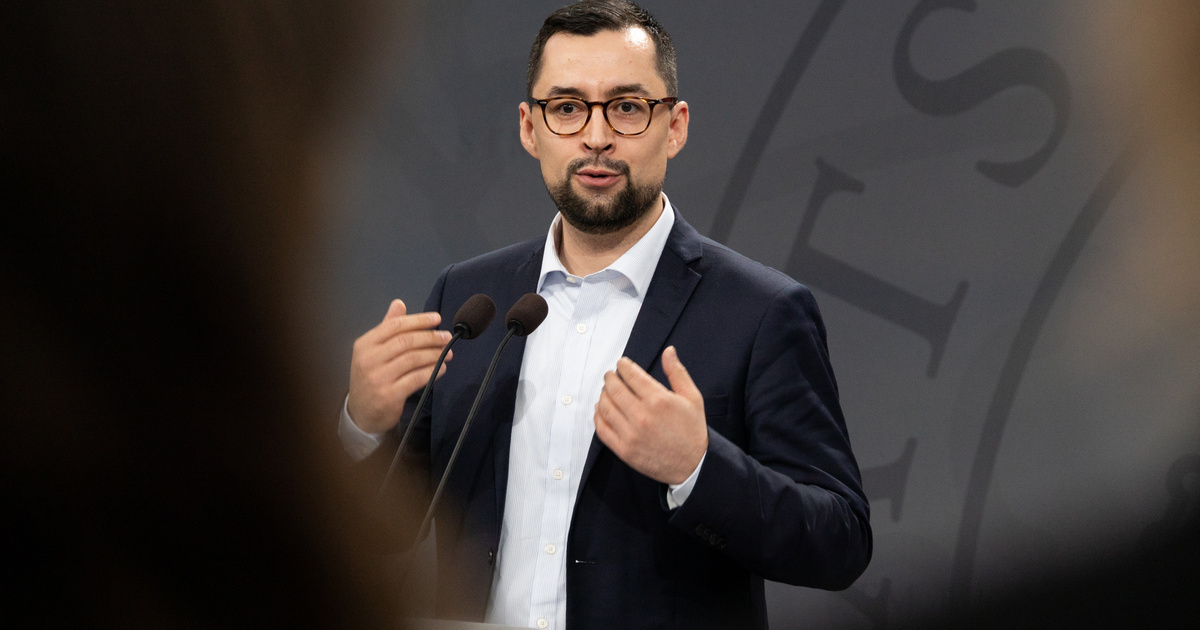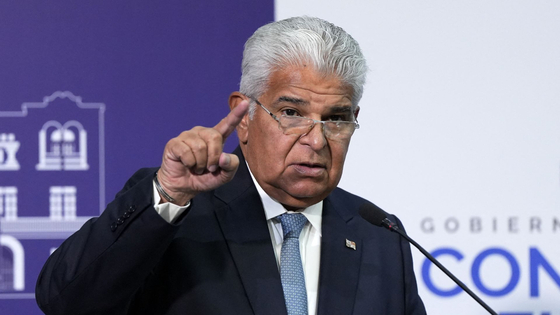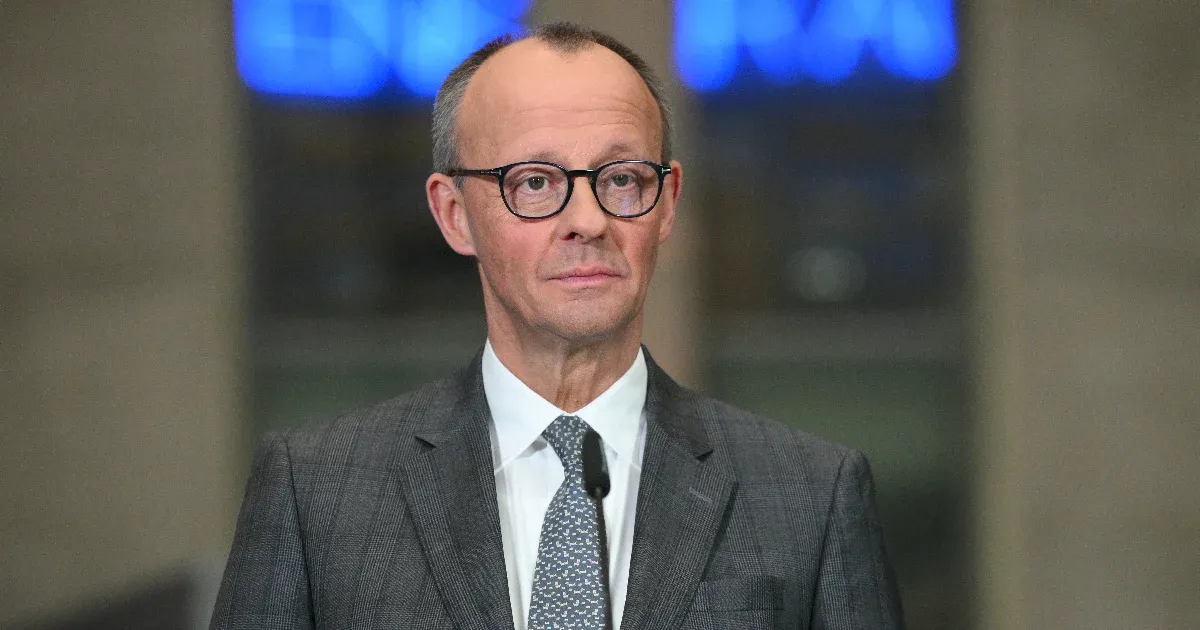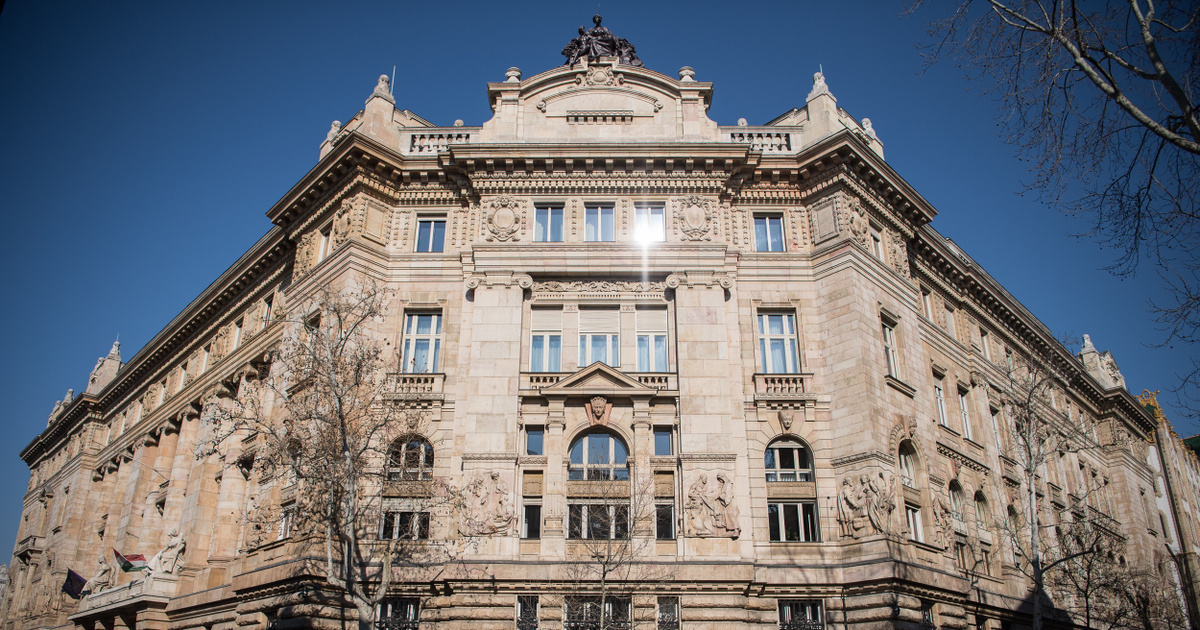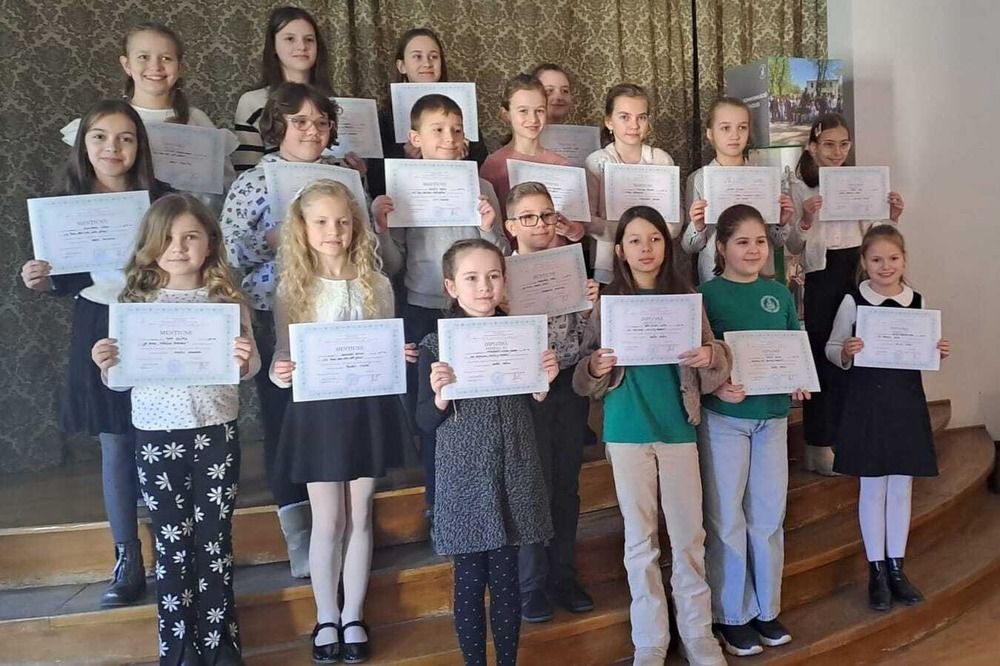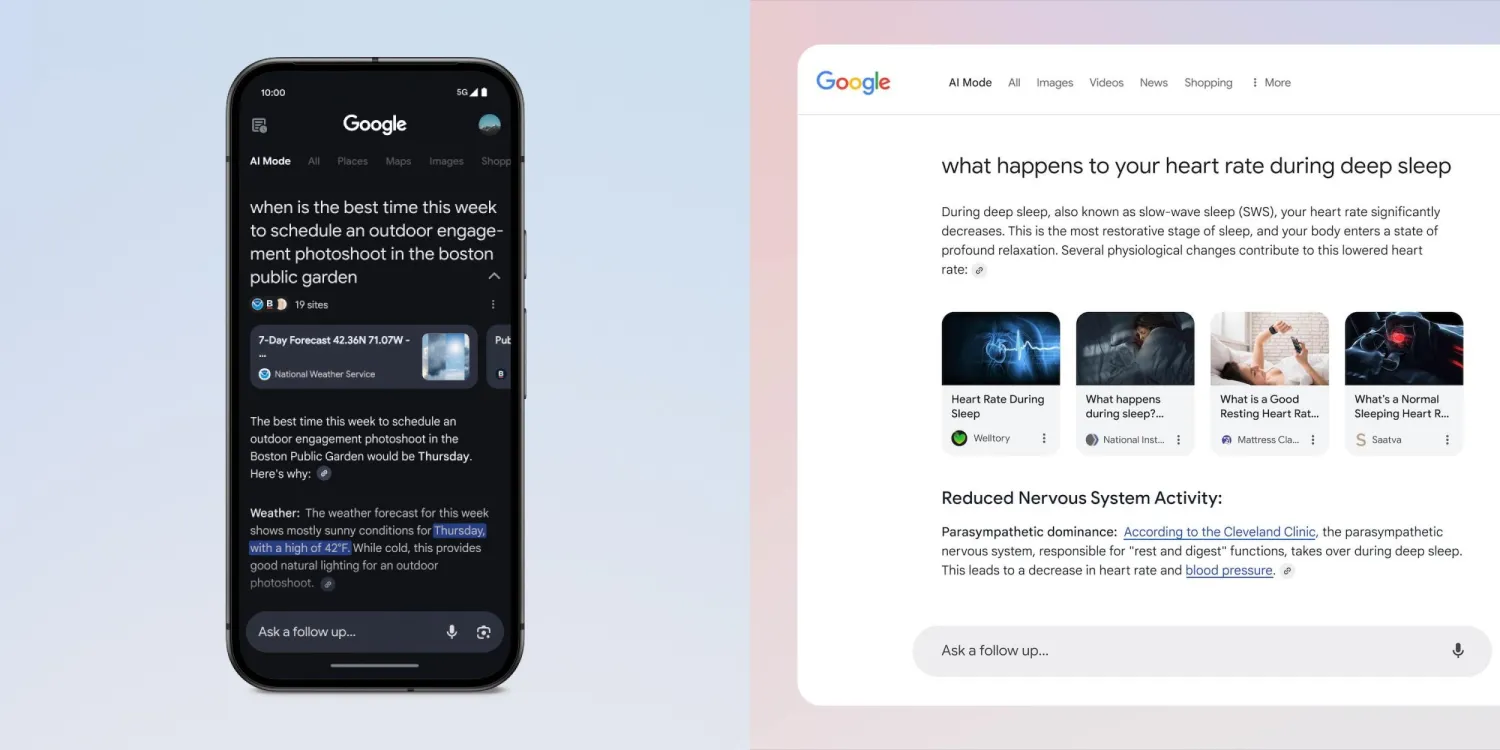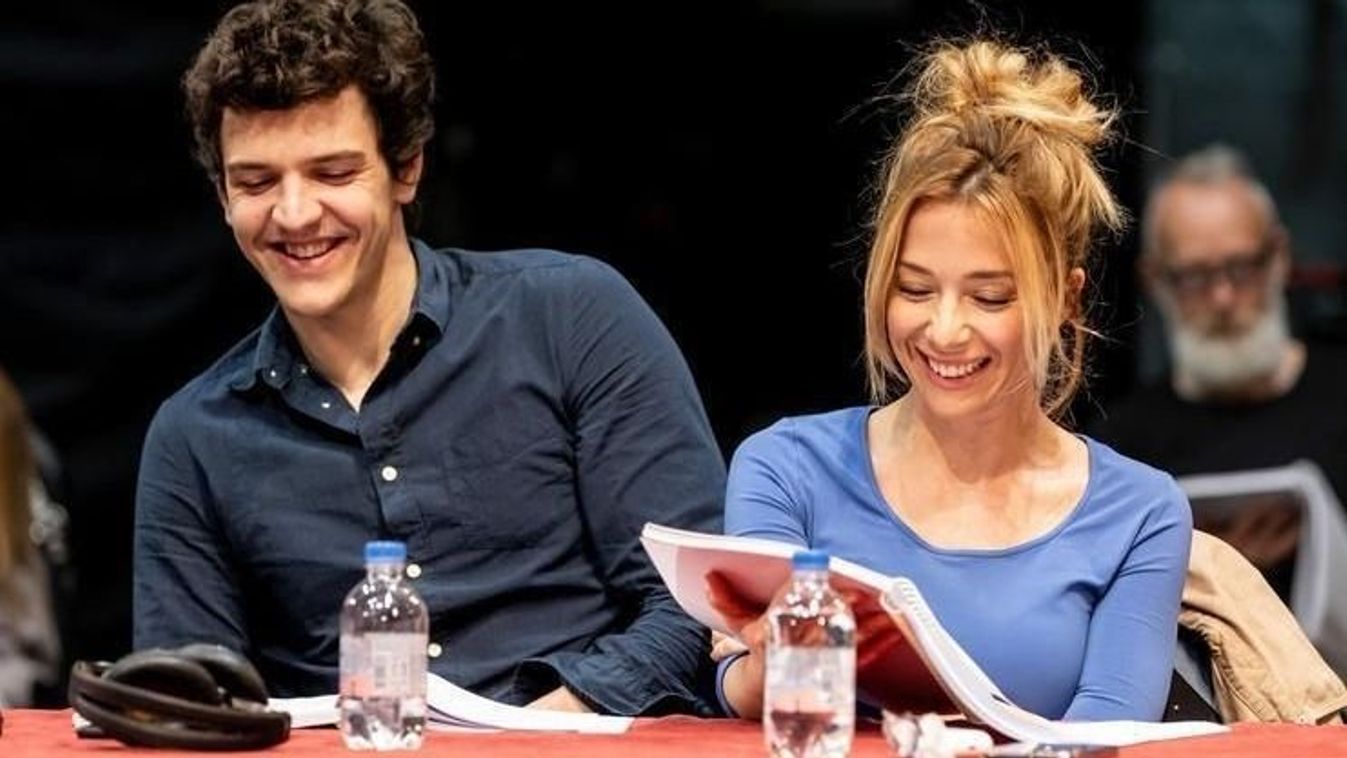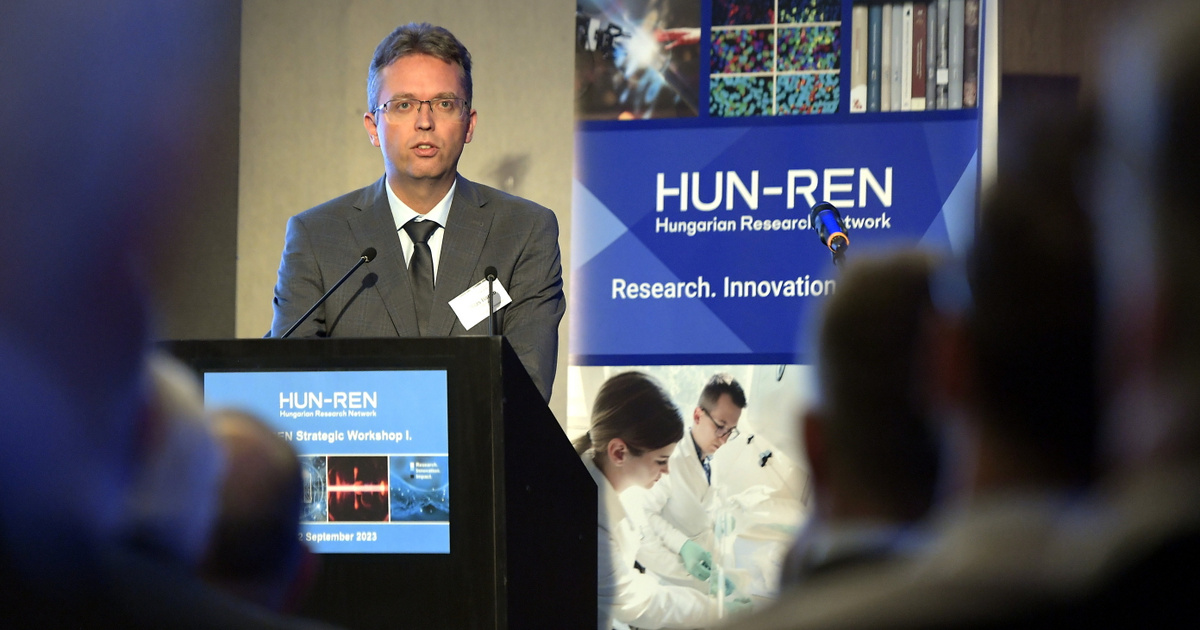Balázs Hankó, State Secretary responsible for Innovation and Higher Education at the Ministry of Culture and Innovation, emphasized in his opening remarks at the event: The goal of the Hungarian government is for Hungary to take a leading role in international scientific life again. He intends to achieve this goal through the Janos Neumann Programme, a new strategic project for Hungarian science and Hungarian innovation.
The State Secretary explained: The main goal of the János Neumann Program is to connect actors of the Hungarian economy with Hungarian researchers and Hungarian universities, and the research to be conducted must have a social and economic impact, and these impacts must be measurable. .
The ultimate goal is for Hungary to be among the top ten innovators in Europe by 2030, and among the top 25 countries in the world, as a result of this programme.
Balázs Gulyás, President of the Hungarian Research Network, spoke at the event about how the first-time organized scientific workshop wants to be the pioneer of the Janus-Neumann programme, so according to their plans, the international conference will be organized every three months. Their goal is for the international and Hungarian experts gathered here to be able to share as many good practices as possible, thus helping Hungary reach its goal of being among the top ten countries in Europe in terms of scientific performance.
Speakers at the event will include, among others, Richard Pestel, one of the world’s leading cancer researchers, biochemist Alexander J. B. Zehnder, who has been involved in running the world’s top universities for decades, and Philip Campbell, who was editor-in-chief of the journal Scientific Nature for 22 years.
Researchers and consultants will present global best practices and trends, focusing on the role of science in modern society and the ongoing transformation in evaluating scientific performance.
During the three-day workshop, all research sites of the Hungarian Research Network will have the opportunity to present their institutes’ ideas on potential breakthrough points.




